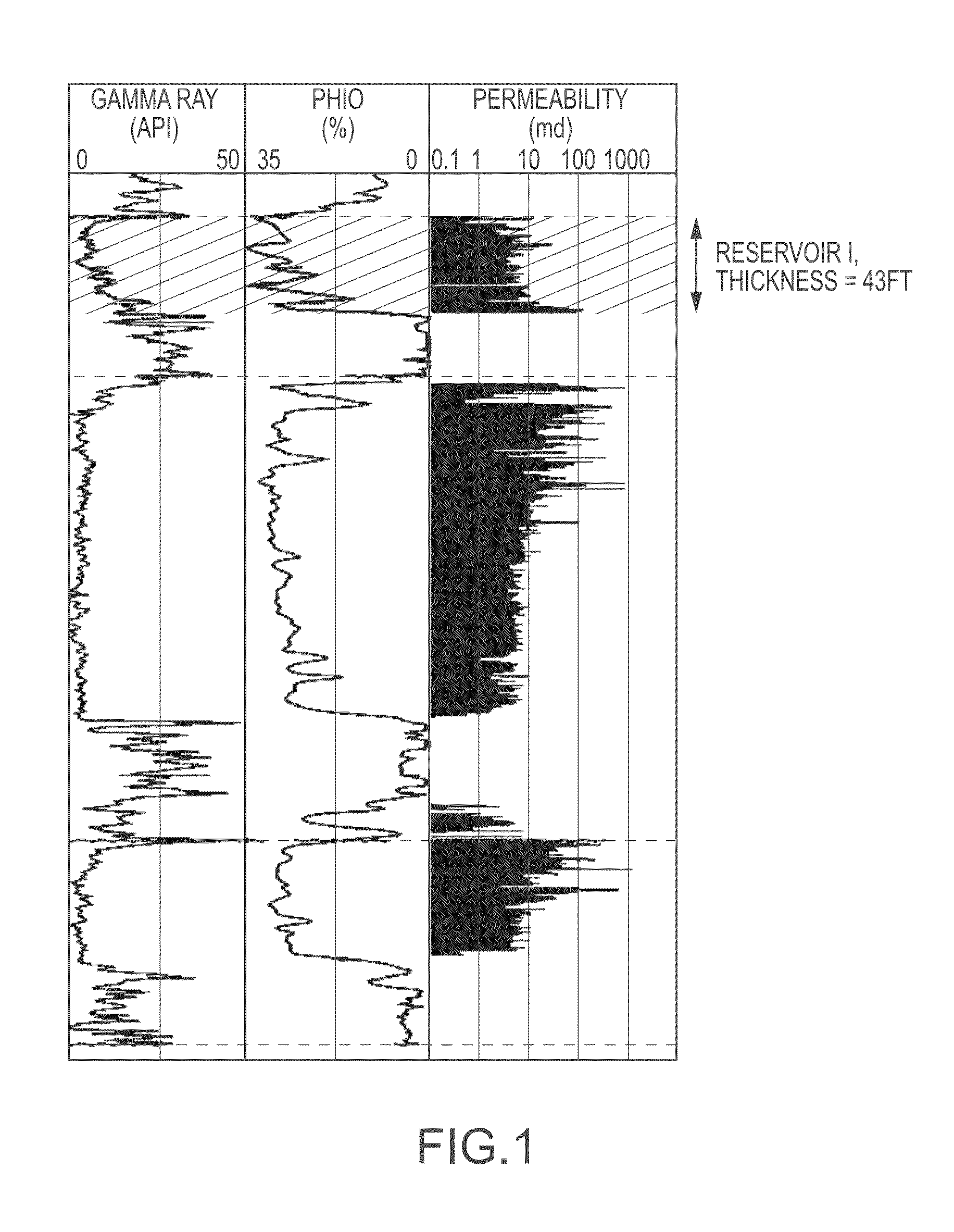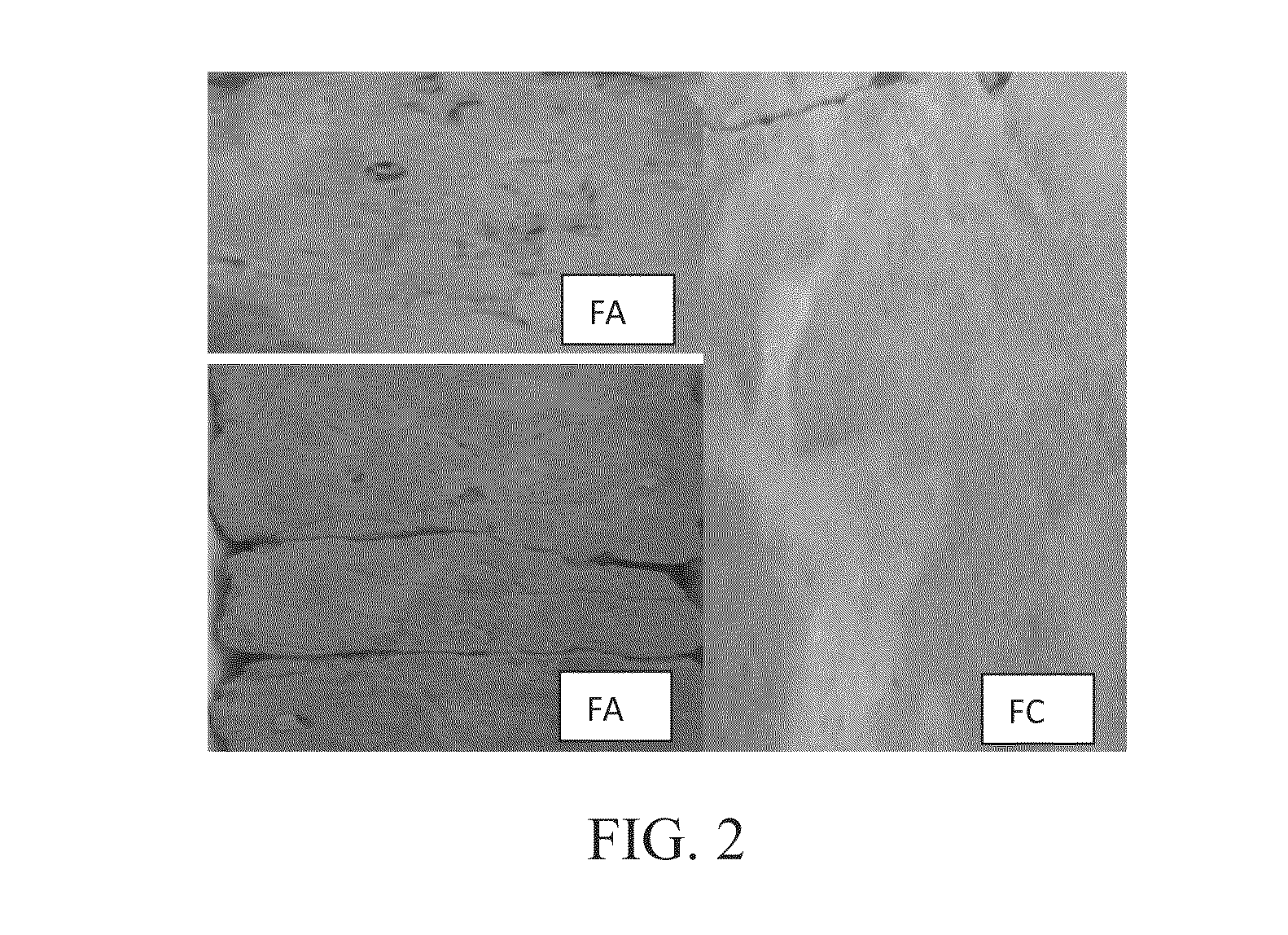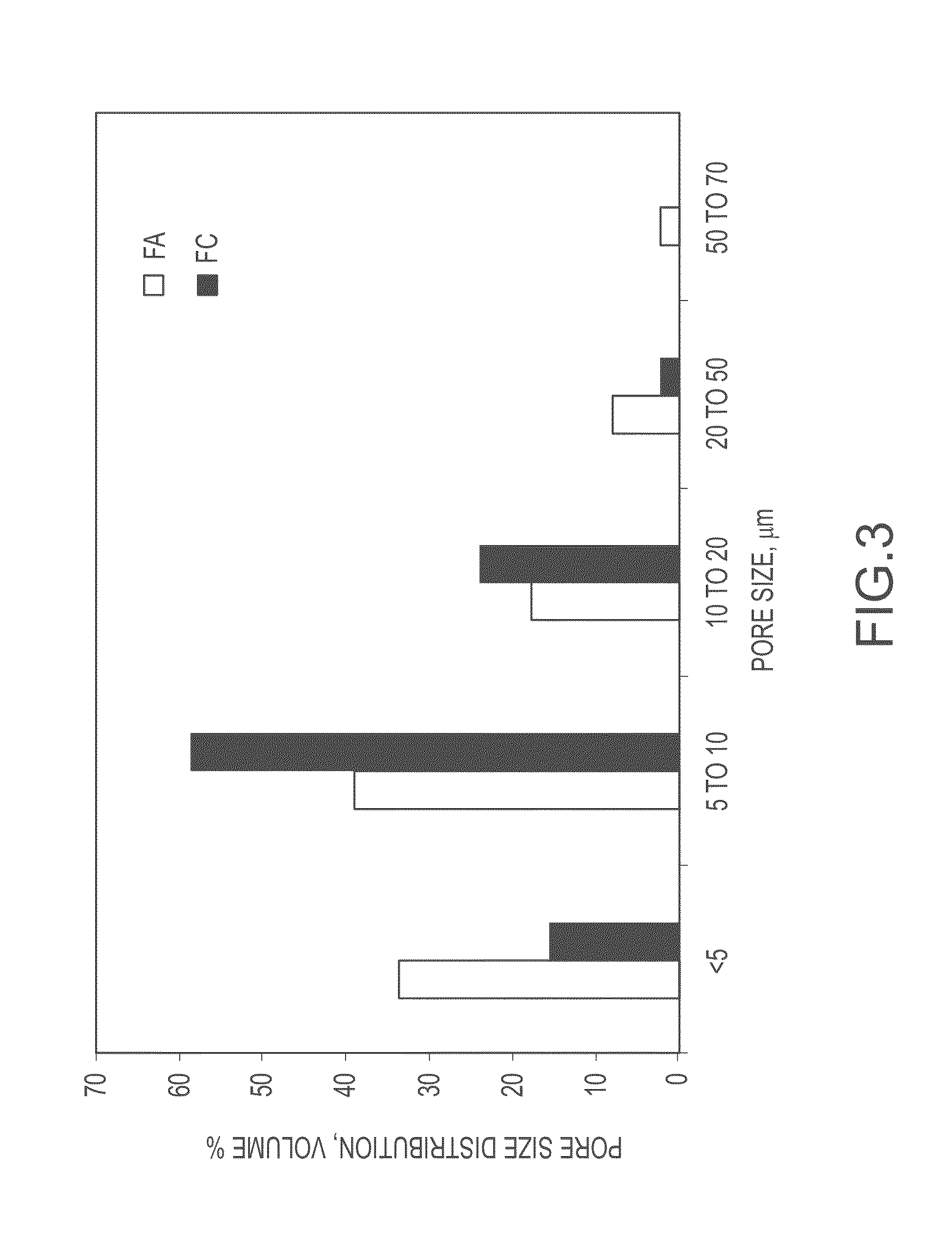Enhanced oil recovery process to inject surfactant-augmented low-salinity water in oil-wet carbonate reservoirs
a technology of surfactant and hydrocarbon reservoir, which is applied in the direction of fluid removal, chemistry apparatus and processes, and wellbore/well accessories, etc., can solve the problems of low success rate of chemical eor in general and a nonionic surfactant field application, high cost of full field low salinity water injection, and reduced salinity of reservoirs. , to achieve the effect of enhancing oil recovery, improving economics, and improving the ultimate recovery of the field
- Summary
- Abstract
- Description
- Claims
- Application Information
AI Technical Summary
Benefits of technology
Problems solved by technology
Method used
Image
Examples
examples
[0105]The potential of low-salinity waterflooding and surfactant diluted in low-salinity water was investigated using cores from reservoir I cores. Three sets of low-salinity waterfloods were performed following the seawater flood, each with five pore volumes (PV). The fluid for the first low-salinity flood (LS1) was created by diluting the seawater by a factor of two (25,679 ppm). Similarly LS2 contains diluted seawater by a factor of 4 (12,840 ppm) and LS3 contains diluted seawater by a factor of 50 (1,027 ppm). The incremental oil recovery of the first two EOR low-salinity waterfloods are 6.2% and 1.1% respectively. No additional oil was recovered during the third low-salinity waterflood. An additional 5% oil recovery was obtained after the subsequent flood of surfactant diluted in low-salinity water (LS2). A constant 0.1 cm3 / min injection rate was applied to each of the three low-salinity waterfloods and surfactant diluted in low-salinity water
Setup
[0106]Coreflood experiments we...
experiment 1
[0126]FIG. 6 illustrates a schematic diagram of the low salinity waterflood followed by surfactant diluted in low-salinity waterflooding process and core flooding experiment set up. The production fluid is collected in graduated cylinders using a fraction collector. The graduated tubes are then centrifuged in measure oil production and fluid analysis. For the first experiment, three sets of low-salinity waterfloods were performed following the seawater flood, each with five PV. The fluid for the first low-salinity flood (LS1) was created by diluting the seawater by a factor of two (about 25,679 ppm). Similarly LS2 contains diluted seawater by a factor of 4 (about 12,840 ppm) and LS3 contains diluted seawater by a factor of 50 (about 1,027 ppm). Table 2 illustrates the composition of the seawater (SW) and three sets of low-salinity water (LS1, LS2, and LS3). The incremental oil recovery of the first two EOR low-salinity waterfloods was about 6.2% and about 1.1% respectively. No addit...
experiment 2
[0128]For the second experiment, the same protocol was performed as the first experiment. The incremental oil recovery of the first two EOR low-salinity waterfloods are 4.8% and 0.8% respectively. No additional oil was recovered during the third low-salinity waterflood. A constant injection rate of about 0.1 cm3 / min was applied to each of the three low-salinity waterfloods. A final flood with five PV of non-ionic surfactant (about 1,000 ppm) mixed with the LS2 fluid was performed at a flow rate of about 0.1 cm3 / mm. After this flood, an incremental oil recovery of about 4.9% was obtained. FIG. 8 illustrates the oil recovery factor and pressure drop across the core (ΔP) as a function pore volume injected during the different floods (seawater flood (WF), the three sets of low-salinity waterflood [LS1, LS2, and LS3], and the non-ionic surfactant flood diluted in LS2 fluid). FIG. 8 illustrates the RF and pressure difference between injection and production end (ΔP) as a function pore vol...
PUM
 Login to View More
Login to View More Abstract
Description
Claims
Application Information
 Login to View More
Login to View More - R&D
- Intellectual Property
- Life Sciences
- Materials
- Tech Scout
- Unparalleled Data Quality
- Higher Quality Content
- 60% Fewer Hallucinations
Browse by: Latest US Patents, China's latest patents, Technical Efficacy Thesaurus, Application Domain, Technology Topic, Popular Technical Reports.
© 2025 PatSnap. All rights reserved.Legal|Privacy policy|Modern Slavery Act Transparency Statement|Sitemap|About US| Contact US: help@patsnap.com



